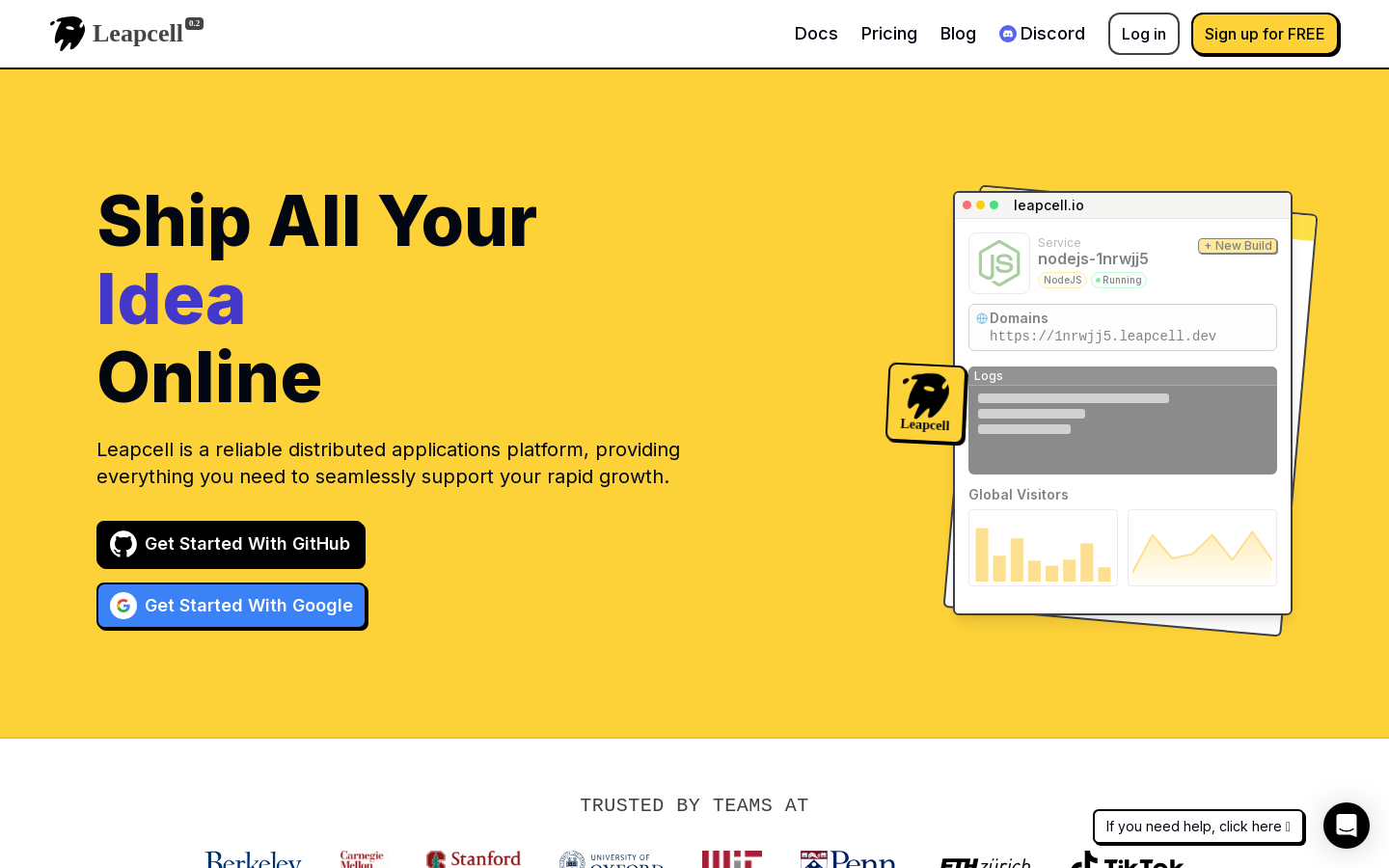

Highlight 1
Users can push their code and have a live URL in seconds, making deployment quick and hassle-free.
Highlight 2
The pay-per-use pricing model ensures that users only pay for what they use, eliminating the cost of idle time and improving cost-effectiveness.
Highlight 3
The inclusion of serverless Redis, async tasks, and user analytics provides essential tools for developers, making it easier to manage applications and monitor their usage.

Improvement 1
While the platform is great for small to medium projects, it could improve scalability features to support larger, enterprise-level applications.
Improvement 2
The UI could benefit from more intuitive navigation and user-friendly design to ensure smoother onboarding for new users.
Improvement 3
The platform's documentation could be more comprehensive, particularly for developers new to serverless hosting or Leapcell itself.
Product Functionality
Consider adding more advanced scaling options for large enterprise applications to make the platform suitable for a wider range of projects.
UI & UX
Improving the onboarding experience with clearer instructions and a more intuitive user interface would help new users get started more easily.
SEO or Marketing
Strengthen online marketing efforts to reach a broader audience. Focus on creating content that targets developers looking for cost-efficient and serverless hosting solutions.
MultiLanguage Support
Consider adding multi-language support to attract users from different regions and improve the accessibility of the platform for non-English speakers.
- 1
What type of projects is Leapcell best suited for?
Leapcell is ideal for side projects, MVPs, and hobby projects, but it can scale to support larger applications as needed.
- 2
How does Leapcell's pricing model work?
Leapcell uses a pay-per-use pricing model, where you only pay for the actual usage of your application, eliminating idle costs.
- 3
What tools does Leapcell provide for developers?
Leapcell offers serverless Redis, async task management, user analytics, and other built-in primitives to help developers manage and monitor their applications.
